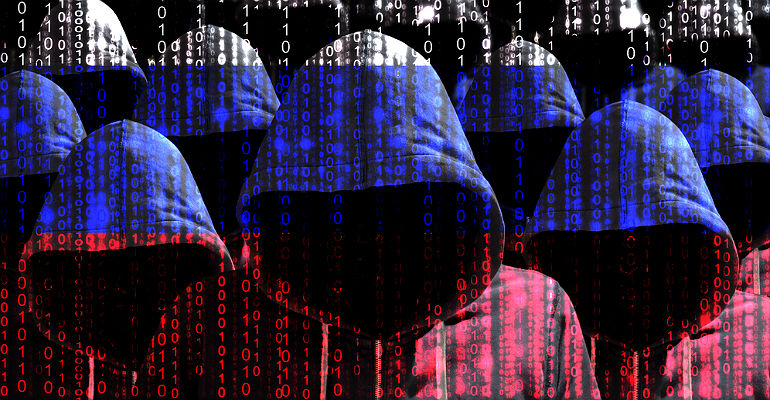A nation-state group, possibly from China, attacked cell carrier networks in search of data on high-value individuals.
June 25, 2019

By Curtis Franklin Jr.
From Dark Reading
A global cyberattack campaign believed to be the work of a nation-state group has hit telcos and mobile carriers around the world in an effort to gather intelligence on specific individuals.
The attackers stole files that show the communication history and travel patterns of a targeted individual, according to a new report by Cybereason. The attack campaign has been active since at least 2017, with some evidence going back as far as 2012, and has been incredibly effective in giving the attackers control of the victim’s networks.
Some hundreds of millions of telecommunications customers and thousands of the providers’ employees have been affected by the attack campaign.
“They had complete control of the network and were, in effect, the shadow IT group for the [victim] company,” says Amit Serper, senior director, head of security research for Cybereason Nocturnus, which on Tuesday published a report on the attacks by Serper, Mor Levi, and Assaf Dahan, called “Operation Soft Cell — A Worldwide Campaign Against Telecommunications Providers.”
The attack began with a malicious web shell sitting on a webpage. When a targeted employee visited that page, reconnaissance began.
“They would compromise the network, do a credential dump, scan the network, and hop from server to server,” Serper said of the attack. “Finally, they were able to get domain admin credentials. They were then able to create their own accounts, some of which were domain admins themselves.”
Once the attackers had control of the company’s servers, they went after call detail records (CDRs). With data in a CDR, the attacker could get information on the source, destination and duration of calls; device details; physical location of the caller (because of the cell tower they were communicating with); and the device vendor and version they were using.
The attackers weren’t looking for the call data for everyone — just for a few, very specific individuals.

Tripwire’s Tim Erlin
“When I when I think about how espionage has been carried out in the past, it makes perfect sense that a well-funded nation state would undertake what would seem like a very extensive campaign for a relatively narrow set of targets,” said Tim Erlin, vice president of product management and strategy at Tripwire.
That strategy of using the supply chain to perform espionage on companies and individuals isn’t new. But it is likely to grow in importance and frequency, said Lavi Lazarovitz, cyber research group manager at CyberArk. He says advanced persistent threat (APT) groups, like the one presumed to be behind this attack, have the skills and patience to pursue a target indirectly rather than being forced to be direct with their efforts.
That patience came into play in this campaign when the attackers were discovered in the telco networks. They simply changed tools and techniques, and resumed their work of gaining records for targeted individuals.
Serper says that his worries go beyond the espionage aspects of the attacks.
“If they have ability to do this, they have the access level to perform sabotage on the network,” he said. “The cell network is critical infrastructure, so that really worries me.”
As for identifying the “they” involved, the report is careful to point out that attribution can be difficult. But the researchers say the threat actor here is likely affiliated with China, and Serper says the APT10 group is the most likely actor. Even so, “The tools used were not brand-new tools; they were exposed by other companies or even open source, so if another group wanted to use them and make it look like APT10 was doing something, they could.”
His take: “It’s either APT10 or …
… someone trying to make it look like APT10.”
There’s nothing the average consumer or organization can do to defend themselves short of making drastic changes to their mobile use patterns, he said.
For the mobile providers, defense comes down to visibility into the network and greater network control and segmentation.
“I was surprised at the extent and the length of the campaign as reported,” said Erlin. “I mean, it’s a long time for this type of activity go undiscovered or unanalyzed.”
Lazarovitz points to the lateral movement that allowed the attackers to get from desktop computers to servers holding personal information.
“There should be another hop here into a more sensitive and secure network,” he pointed out.
Curtis Franklin Jr. is Senior Editor at Dark Reading. In this role, he focuses on product and technology coverage for the publication. In addition, he works on audio and video programming for Dark Reading and contributes to activities at Interop ITX, Black Hat, INsecurity, and other conferences.
You May Also Like
